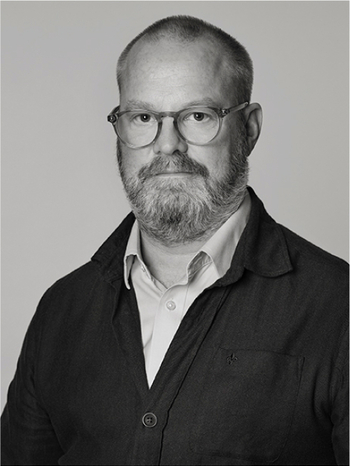Eero Järnefelt
Vinterlandskap med björkar
Signerad Eero Järnefelt och daterad 1910. Duk 51,5 x 30,5 cm.
Övrig information
The subject is probably taken from Lake Tuusula or Lake Tuusulanjärvi, a lake on the border of the municipalities of Tuusula and Järvenpää in Southern Finland 25 km northeast of Helsinki. During the first decades of the twentieth century, an important artists colony formed around the lake. Painters, writers and composers such as Juhani Aho, Pekka Halonen, Eero Järnefelt, Joonas Kokkonen, Aleksis Kivi, Juhani Heikko Erkko, Jean Sibelius, to name a few, settled there and built houses along its shores.
The painter Venny Soldan-Brofeldt and her husband the writer Juhanni Aho (before 1908 Johannes Brofeldt) were the first artists to settle at Lake Tuusula in November 1897, preceeded only by the Finnish national-romantic writer Alexis Kivi whom had spent his last ten months of his life there in his brother’s house. Juhani Aho was a friend of both Eero Järnefelt and Pekka Halonen and persuaded both of them to move to Lake Tuusula. In 1901 Järnefelt had a house built near Aho’s house, known as Suviranta, where he lived permanently until 1917 (the house is still owned and used by his family) and in 1902, Pekka Halonen built a house and a studio named Halosenniemi. Eero Järnefält’s sister Aino was the wife of the great Finnish composer Jean Sibelius, whose symphony Finlandia, composed in 1899, had drawn together themes from Finnish Nationalism and the Kalevala. Järnefelt met Sibelius through his brother Arvid, who had studied with Sibelius at the Helsinki Music Institute. Inspired by his brother-in-law, Sibelius had a house built at Lake Tuusula in 1904, which he named Ainola after his wife. Sibelius were to live there during the rest of his life. The families who lived at Lake Tuusula shared a great social life and inspired each other artistically. A number of other Finnish artists and writers visited the colony; Eino Leino, Juhani Siljo, Matti Kivekäs, to name a few. The writer Frans Eemil Sillanpää was a frequent guest at Järnefelt’s house.
Sibelius considered Järnefelt the foremost artist amongst the members belonging to the colony and his most devoted supporter. In 1909, they conducted a journey to Koli (since 1991 a National Park), situated at Lake Pielisjärvi, c. 500 km. northeast of Helsinki in Finnish North Karelia close to the border to Russia. Järnefelt had made his first trip to Koli in 1892 together with Juhano Aho and his wife Venny Soldan-Brofeldt. The quest for Finnish roots and national identity under Russian rule took people to the areas rich in Karelian poetic and singing traditions. Emerging towards the end of the 19th century, Karelianism was a trend inspired by Karelia and the ancient Finnish lifestyle. Aho was inspired by Koli for his novel Panu, published in 1898, which describes the struggle between Paganism and Christianity in Finland. Järnefelt’s picture ”Autumn Landscape of Lake Pielisjärvi”, from 1899, which was used for a National telegram, helped to define the national sense of the Finnish landscape (Ateneum, Helsinki).
Sibelius’s fourth symphony, which premiered in 1911, was partly inspired by his trip to Koli and he dedicated it to Järnefelt. It is characterized by an introspective yet expressionistic and rather coarse style to a great extent influenced by the forces of nature. As an hommage to Sibelius, Järnefelt, together with A.W. Finch and Ilmari Aalto, painted a large scene of Koli in 1911 for the restaurant at Helsinki railway station.















































